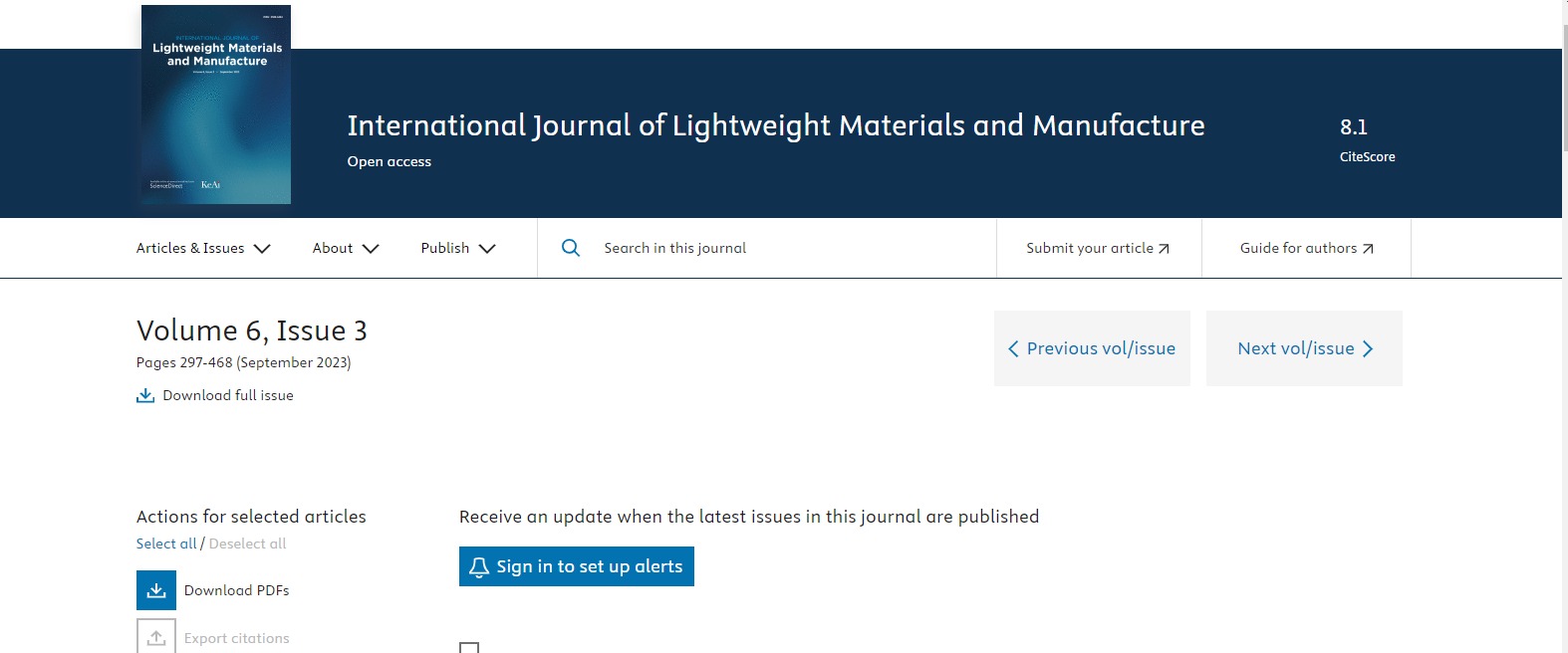
Lighter automotive components are needed to reduce energy consumption. The manufacturing processes of the components should also consume less energy and be environmentally friendly. Aluminum is a lightweight material, but the manufacturing processes consume a lot of energy. Ductile iron has outstanding design flexibility and applying a thin wall casting technique to the ductile iron components will reduce the weight and make it possible for ductile iron to compete with lightweight materials. The achievement of making a 3 mm I-beam thickness connecting rod which fulfills the design requirement in previous research has encouraged a further reduction in the I-beam thickness. This action is taken to enhance the weight reduction gained from the connecting rod. The aims of this work are to ensure the repeatability resulting from the design of 3 mm I-beam thickness and the ability of the casting design to produce the 2 mm I-beam thickness. Solidification rates in thin wall casting are critical due to the differences in thicknesses in the product. It is also to analyze the effect of I-beam thickness on the compression load. Two types of I-beams, which differ in their thickness, 3 mm and 2 mm, were produced in the foundry scale. All the I-beams were characterized by their microstructure and compression load. The compression load was measured using the tensile method. The results of microstructure observations revealed that the microstructure in I-beam is different from the one in the end rod except for one casting position, while the result of compression load shows a similar value for average compression load between the 3 mm and 2 mm which fulfill the compression load requirement of connecting rod. The casting designs built in this research can produce thin wall ductile iron (TWDI) connecting rods that could stand similar load with the original one.

Oleh :
Muhammad Fadhlan